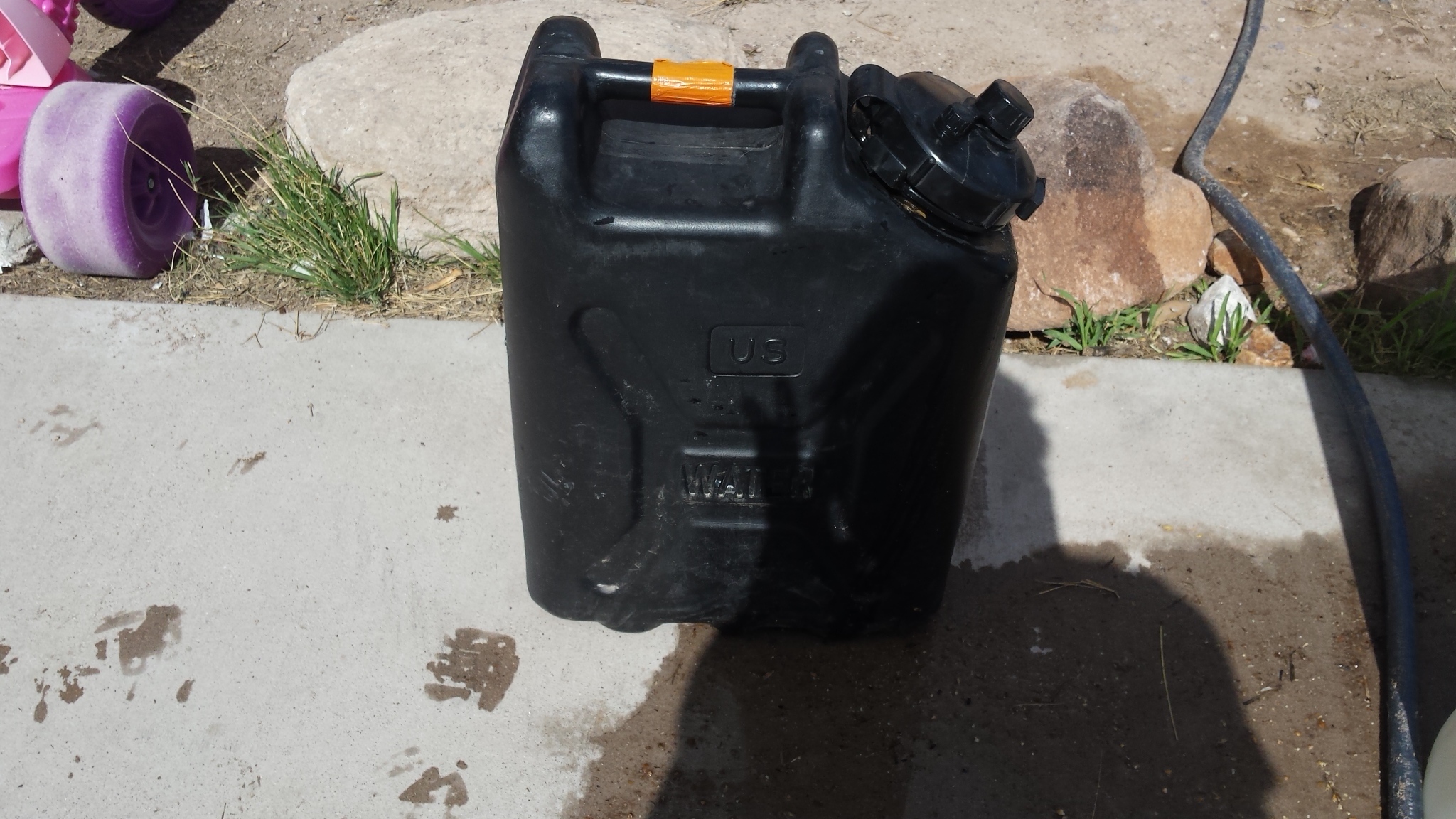So, despite having a shiney new brewing system I decided to try to make a batch of beer using only improvised and primitive methods. I've read a couple of posts of people doing similar things and it sounds like fun. So my ground rules are going to be no thermometers, no scales, no hydrometers, no electricity and no gas. Should be fun, or a disaster.
For added fun, I am going to have my wife take measurements and write them down without me seeing. So at the end I will be able to see if my guesses were right.
Started tonight with 5.5 QTS of raw barely. If I remember right, a quart of barely is like a pound and a half so that should give me 8 pounds or so (wife weighed them but didn't give me a clue on how close it was). I soaked it for several hours and now its resting. I'm going to keep cycling between soaking and resting until I see chits.
I'm going to dry most of it and then make some into crystal malt. Still sorting out how to do all this with just a wood fire but I have some ideas.
I'm also still debating on what to do about yeast. I think my three choices are to try to harvest wild yeast, use bread yeast, or use a neutral dry yeast. Suggestions and ideas are welcome.
For added fun, I am going to have my wife take measurements and write them down without me seeing. So at the end I will be able to see if my guesses were right.
Started tonight with 5.5 QTS of raw barely. If I remember right, a quart of barely is like a pound and a half so that should give me 8 pounds or so (wife weighed them but didn't give me a clue on how close it was). I soaked it for several hours and now its resting. I'm going to keep cycling between soaking and resting until I see chits.
I'm going to dry most of it and then make some into crystal malt. Still sorting out how to do all this with just a wood fire but I have some ideas.
I'm also still debating on what to do about yeast. I think my three choices are to try to harvest wild yeast, use bread yeast, or use a neutral dry yeast. Suggestions and ideas are welcome.


















